Many people are familiar with the problem of wilted leaves in cucumbers. The reason may be improper implementation of agricultural activities or a developing disease. Greens dry in plants in the greenhouse and in those that grow in open ground. Pathology can affect very young plants and are in the fruiting stage.
Content
Watering
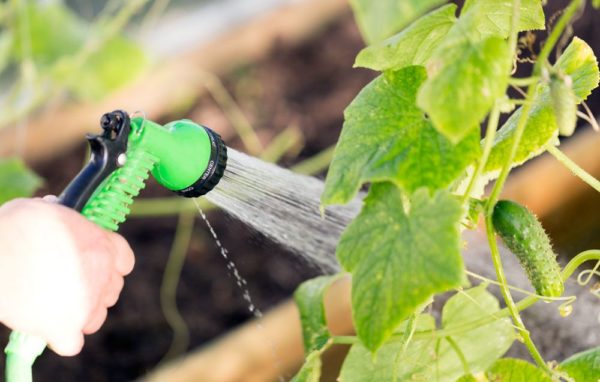
Hanging foliage is a sign that cultures are missing something. It is important to understand correctly what exactly is wrong with the plant. If you delay, you can lose the crop. The most common mistake that leads to cucumber leaves wither in the greenhouse - improper watering. This includes both a deficiency and an excess of moisture.
If there is too much moisture, then the soil cannot dry out, and the water stagnates in the root system. It creates conditions that are very favorable for the development of fungal diseases. A mistake in the field of irrigation is the use of cold water:
- It contributes to the development of root rot.
- Due to this disease, the root system ceases to function in the plant.
- Water and nutrients are not delivered to the leaves and stem. If you do not intervene, the plant may die.
For the growth and development of cucumber bushes, it is necessary to obtain a sufficient amount of nutrients. It is important to give them mineral supplements. Nitrogen contributes to the growth of greenery, potassium and phosphorus are responsible for the flowering and fruiting processes. If the soil contains too little nitrogen, but a lot of potassium and phosphorus, then the bush is characterized by abundant inflorescences and fruits. However, the leaves fade, they are pale and soft. New ones do not grow or are poorly formed. If cucumbers in a greenhouse fade, you need to reconsider feeding.
Place of landing and disease
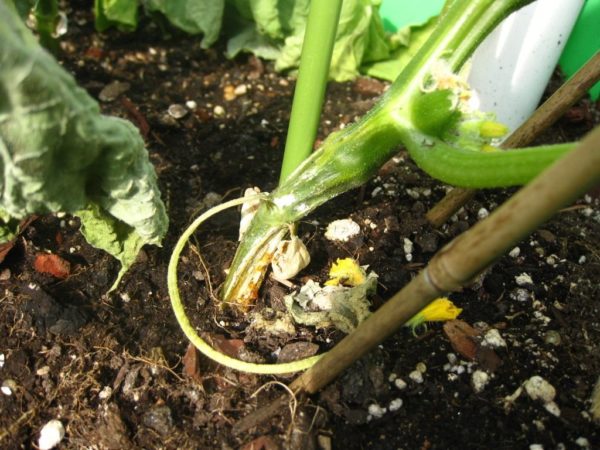
If the seedlings were planted in the wrong place, then in the summer it will affect the plants. In total there are two reasons why the planting site may not be suitable and as a result, the leaves on the cucumbers fade:
- Plants may be exposed to direct sunlight. Although they love light, direct sunlight is disastrous for them. This is due to an increase in the rate of evaporation of moisture from the surface of the sheet. Cucumber bushes try to resist this. Their leaves are folded into tubes, whereby the evaporation area is reduced. Cucumbers die in the sun, just dry up.
- Seedlings do not receive the sun and are in the shade. If the bed is closely planted, then the bushes obscure each other. When they grow, a situation is created in which some lashes are completely without light. The leaves of the cucumbers turn yellow and fade, as in the video.
Defeat by diseases and insect pests is another common cause of wilted leaves of cucumbers. If we talk about diseases, then this is a symptom characteristic of fungal diseases. Moreover, the development of the disease and the impact of pests are rapidly affecting plantings. If measures are not taken, then the plant may die completely in a few days. Cucumbers in a polycarbonate greenhouse are also susceptible to pests.
If the leaves of the cucumbers fade in the greenhouse, what to do will be prompted by a thorough examination of the cucumber bushes. Among the most common diseases should be highlighted:
- root rot;
- Fusarium
- white rot.
Diseases of cucumbers in the greenhouse and in the garden are similar, and their treatment is identical.With root rot, the lower foliage withers and dries out, as in the photo, then the whole bush dies. In the case of fusarium, the upper part of the plant withers, and the lower part of the stem rots. If white rot develops, the foliage becomes very soft, and brown spots appear on the stem. Subsequently, the foliage falls. The most common problem of the development of fungal diseases occurs in those cucumber bushes that grow in greenhouses. This is explained by the favorable conditions in the greenhouse for the development of fungi in the lashes of cucumbers.
Chemicals and improper neighborhood
Bushes of cucumbers are very sensitive to the use of chemicals, especially herbicides. Accidental contact of their particles on leaf plates can cause foliage to fade and look lifeless.
If the cucumbers wilted in the greenhouse, then you need to understand that they are picky to those plants that are their neighbors in the beds. The worst neighbors are cucumbers with tomatoes. This is easily explained. Cucumbers categorically do not fit the conditions necessary for the normal growth and development of tomatoes. To avoid an epidemic of late blight in tomatoes, you need to provide them with a low level of humidity of the air and soil. If you keep cucumbers in these conditions, then they will experience a serious lack of moisture and subsequently fade. If the greenhouse is small, then it is better to grow exclusively cucumbers in it, without spreading other species.
What to do: cucumbers wilt in the greenhouse and on ridges
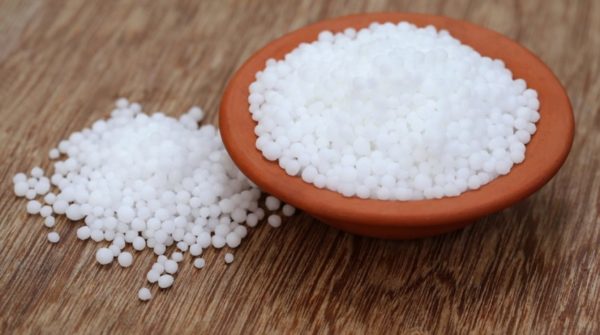
Initially, you need to determine the reason why the cucumber leaves wilt in the greenhouse and open ground, and then start to fight.
If the bushes lack moisture, they need abundant watering. After it, the leaves get stronger and tone up. In the future, it will be important to carry out regular watering (once every two days). At the same time, humidification should not be too plentiful. You can water cucumbers only:
- warm
- settling water.
If the soil, on the contrary, is excessively wet, watering should be interrupted. It will be necessary to resume it only after the soil has completely dried out.
If top dressing of cucumbers was carried out for a long time, it is recommended to introduce nitrogen-containing fertilizer into the soil. It is important to remember that they respond much better to organic fertilizers. Chemicals do not like. To enrich the soil with nitrogen, you can use:
- urea
- yeast solution;
- wood ash.
Those cucumbers that are under the direct influence of sunlight, must be pritenit. This can be done using a number of improvised tools. Great for:
- cardboard sheets;
- branches
- bags.
You can buy special material for sheltering plants.
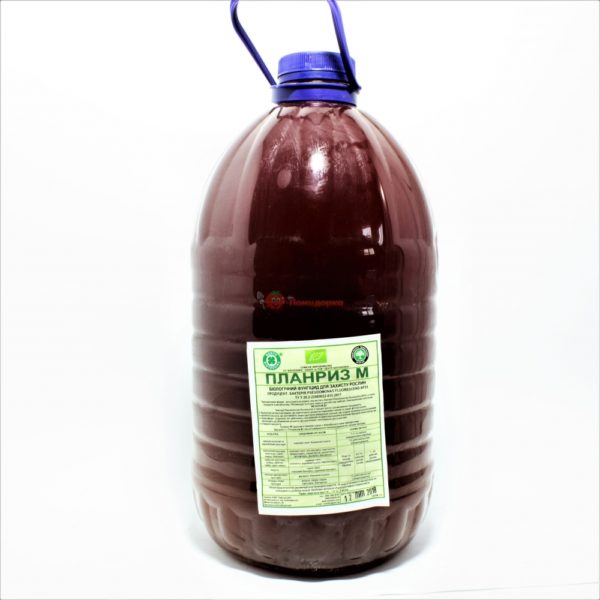
When herbicides get on the leaves, plants need to be bathed in water. This will flush the chemicals off the sheet plates.
If the plant is sick with a fungal infection, then the first thing it needs to be to get rid of the affected leaves. If the scale of the defeat is serious, then you need to remove the whips, and in some cases the bushes entirely. The next step is to carry out the processing of plantings using special biological agents. You can process:
- Trichodermin;
- Planrizom;
- Fitosporin.
Perhaps tracheomycotic wilting of cucumbers occurred and the lower leaves are affected. In case of serious damage, you will have to resort to the use of chemicals, you can treat:
- Topsinom-M;
- Previkurom.
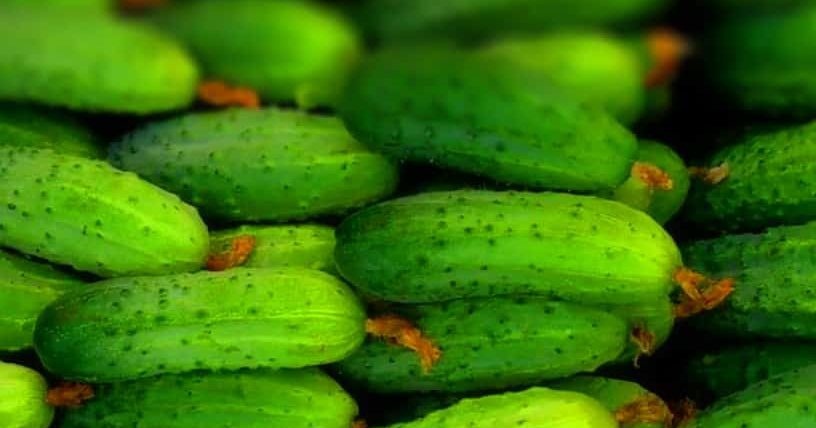 You may be interested in:
You may be interested in:Spraying plants with a special mixture can also help. For its preparation, you will need to mix Metronidazole and Streptomycin in a one to one ratio. Dissolve the resulting mixture in five liters of water.
To combat insects, there are a large number of ways after which they disappear. The following are recommended as folk methods for cucumbers:
- the use of soap solution;
- treatment with infusion made from onion or garlic husks.
- Arrow
- Fitoverm;
- Actofit.
In case of serious damage by pests, you should resort to the separate help of chemicals. For dried foliage of cucumber bushes, it is recommended to use Spark, Kinmix or Intavir.
Prevention
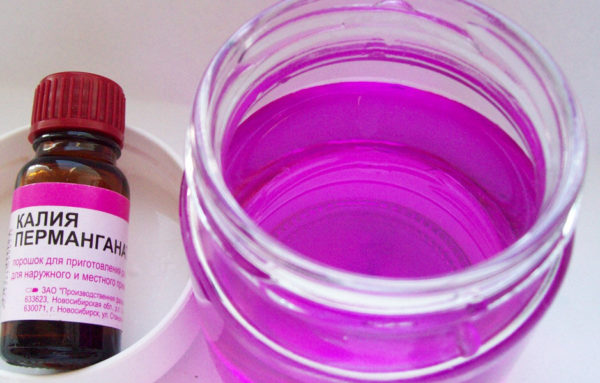
An important factor is the implementation of preventive measures for bushes and land. The following actions can help to avoid withering of cucumbers:
- Maintaining correct crop rotation. The place of planting of cucumbers must be periodically changed (every two to three years). The right choice of predecessors is important. Cucumbers grow well after eggplant, cabbage, legumes, onions, etc.
- The choice for planting not a shaded place, while without direct sunlight.
- The implementation of planting seeds or seedlings with a scheme of 0.5x0.5 m.
- Use of manganese solution for seed and soil dressing.
- Mulching the beds after planting.
- Regular watering with warm water.
- Preventive treatment with insecticides.
- Timely dressing.
The withering of the leaves of cucumbers is the first alarming bell about any problem. It is important not to delay, but to correctly determine what exactly went wrong, and proceed to eliminate the defect. If the yellowed leaves were treated with chemicals, they need to be cut.




 Armenian cucumber with melon flavor: description and characteristics, reviews
Armenian cucumber with melon flavor: description and characteristics, reviews Do-it-yourself vertical beds for cucumbers: schemes, photos
Do-it-yourself vertical beds for cucumbers: schemes, photos Hollow cucumbers: reasons for the appearance of hollow, what to do
Hollow cucumbers: reasons for the appearance of hollow, what to do Which manure is best for cucumbers: application, how to breed
Which manure is best for cucumbers: application, how to breed